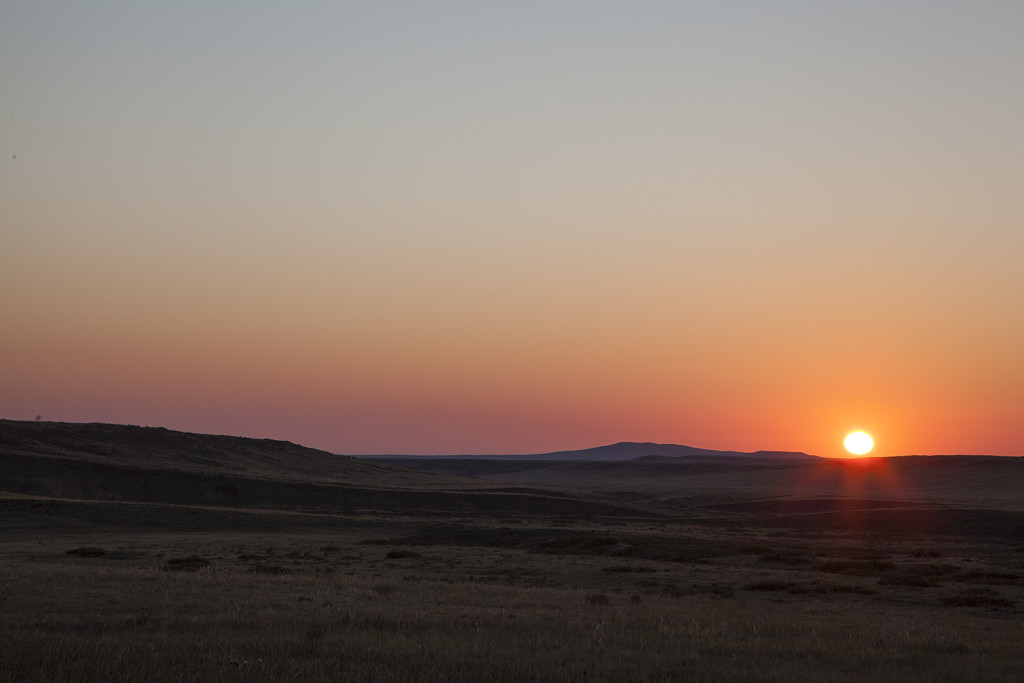 GUILT, THE PSYCHOLOGISTS SAY, IS A CORROSIVE EMOTION. SO IS REGRET, THEY SAY. AND I SUPPOSE they’re right. Obsessing over mistakes that have already been made may not be a good recipe for maintaining mental health, let alone finding constructive solutions for intransigent problems. It’s possible that such emotions are best left to old people who have the time and memories to indulge them. That may be why I find myself so often despondent these days— an old man looking over his shoulder at what might have been.
GUILT, THE PSYCHOLOGISTS SAY, IS A CORROSIVE EMOTION. SO IS REGRET, THEY SAY. AND I SUPPOSE they’re right. Obsessing over mistakes that have already been made may not be a good recipe for maintaining mental health, let alone finding constructive solutions for intransigent problems. It’s possible that such emotions are best left to old people who have the time and memories to indulge them. That may be why I find myself so often despondent these days— an old man looking over his shoulder at what might have been.
On August 1, The New York Times magazine published an article called “Losing Earth: The Decade We Almost Stopped Climate Change.” It’s a well-researched piece that discusses, in painful detail, how close the United States came to addressing the problem of greenhouse gases in a nonpartisan way in the 1980s. In that essay, the author mentions an earlier report, “The Long Term Impact of Atmospheric Carbon Dioxide on Climate,” published in April of 1979. Heart-breaking to read this prescient analysis of the efforts that were made nearly forty years ago to respond to the impending dangers of climate change.
And, as I reviewed the NYT Magazine article, earlier efforts came to mind. The report of the Environmental Pollution Panel of the President’s Science Advisory Committee, published in November of 1965 with an entire chapter titled “Atmospheric Carbon Dioxide.” “By the year 2000,” the report concluded, “the increase in atmospheric CO2 will be close to 25%. This may be sufficient to produce measurable and perhaps marked changes in climate, and will almost certainly cause significant changes in the temperature and other properties of the stratosphere.”
And the ground-breaking technical paper by British investigator, Guy Callendar: “The artificial production of carbon dioxide and its influence on temperature,” which appeared in the Quarterly Journal of the Royal Meteorological Society. In 1938. “It is evident that present temperatures, particularly in the northern hemisphere, are running above the calculated values,” Callendar wrote after extensive analysis of CO2 emissions and their behavior in the atmosphere and oceans. He thought this was good news, since it would allow a northward expansion of farming and delay “the return of the deadly glaciers.” He was certainly right about the glaciers.
And, of course, the seminal paper on climate change by Svante Arrhenius in 1896.
The technical community has been analyzing the effects of carbon dioxide on global climate for more than a century and warning us about the consequences of increasing CO2 emissions for at least fifty. We almost took the warning to heart in the 1980s but drew back, paralyzed by the size of the problem and its solutions.
So we find ourselves at this place, still paralyzed by a problem that grows steadily larger and more overwhelming with solutions that are ever-more draconian. Still beset by men like James Inhofe whose names will be written with Hitler’s and Stalin’s for the commission of crimes against humanity. They will be remembered as long as the written history of our species survives . . . which, sadly enough, may not be that much longer.
Can an understanding of past mistakes help us find our way in the future? Perhaps. Certainly, George Santayana thought it was a necessary first step. But as my hair turns gray, I begin to doubt the human animal’s capacity to learn, even from the most horrendous errors. Too often, the solutions to our problems cost more than we are willing to pay, and so we pass them on to another generation, a legacy of neglect, greed, and shortsightedness that makes me sick with shame.
Opportunities missed, warnings ignored. Guilt. Regret. The burdens of old men . . .
Leave a Reply
You must be logged in to post a comment.